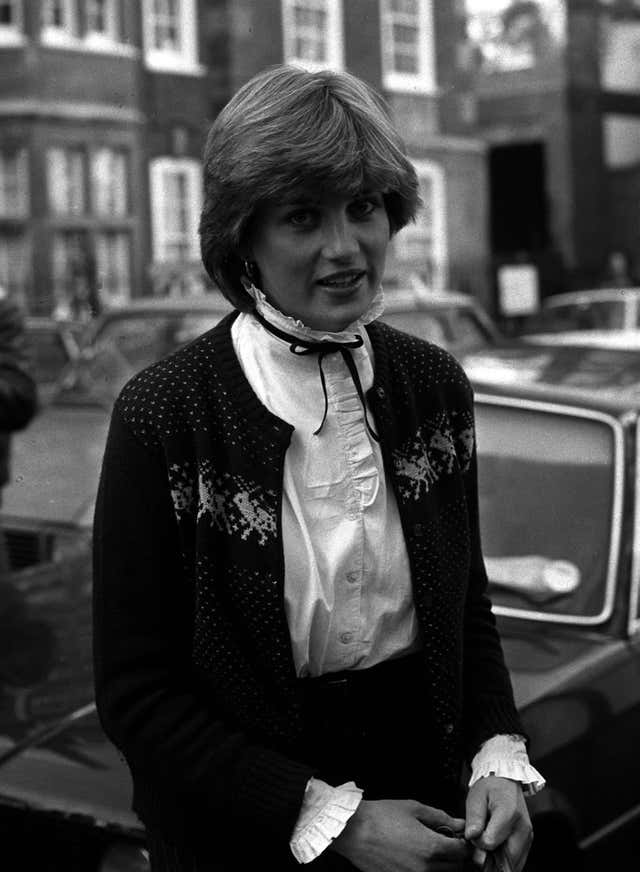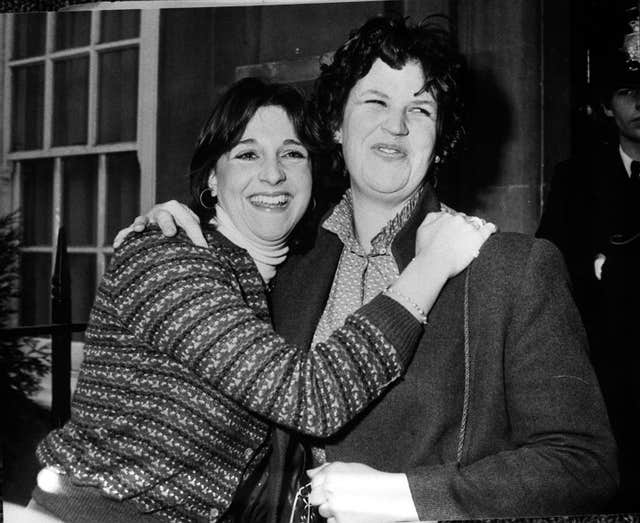The brother of Diana, Princess of Wales has welcomed plans to honour her life and legacy with a blue plaque on her former London flat.
Earl Spencer described his sister’s first home as a “very happy place for Diana”, where she enjoyed a carefree period as a young woman living with girlfriends in Earl’s Court before marrying the Prince of Wales in 1981.
Charles Spencer shared a mocked-up image of the English Heritage “memorial tablet” in a tweet and a picture of the final piece being created.
How very lovely that this blue plaque will be going up outside Coleherne Court – thank you, @EnglishHeritage, for commemorating such a very happy place for Diana in this way. pic.twitter.com/FiDk3ZtLpG
— Charles Spencer (@cspencer1508) April 1, 2021
Anna Eavis, English Heritage’s curatorial director, said the princess’ campaigns to highlight issues like HIV/Aids and landmines, and her enduring appeal as “an inspiration and cultural icon to many”, were deciding factors.
The earl said in his tweet: “How very lovely that this blue plaque will be going up outside Coleherne Court – thank you, @EnglishHeritage for commemorating such a very happy place for Diana in this way.”
Diana is the highest profile former member of the royal family to be given the honour, and was nominated by the London Assembly after it ran a campaign asking Londoners to suggest women worthy of a blue plaque.
The princess’ parents bought her 60 Coleherne Court, a property in a mansion block close to the fashionable King’s Road in Chelsea, when she settled in the capital as a young woman.

She shared the flat with a number of girlfriends from 1979-1981 and was said to have a sign above her bedroom door which read “Chief Chick”.
Diana described the few years she lived in the three-bedroom flat as “the happiest time of her life”, according to Andrew Morton’s book Diana, In Her Own Words.
“It was juvenile, innocent, uncomplicated and above all fun. I laughed my head off there,” she said.
When she began dating Charles, Diana was living with friends Carolyn Pride and Virginia Pitman, was charging her flatmates £18 a week and was said to be a houseproud young woman who set up a cleaning rota.
The apartment was reportedly bought by her parents for £50,000 when the princess – then Lady Diana Spencer – was 18 and working at Young England Kindergarten in Pimlico, central London.
Ms Eavis said: “Her profile and popularity remains undiminished nearly 25 years after she died and clearly a part of that was the ease with which she seemed to communicate with everybody.
“I think what appealed to the panel when they were considering her nomination was she’s undeniably a significant figure in late 20th century Britain, with a close London association obviously.
“She did undeniably play an important role in destigmatising HIV/Aids and also towards the very end of her life campaigned in those anti-landmine campaigns which was also very important.”

Diana is being recognised during a year when she would have celebrated her 60th birthday. She died in a Paris car crash in 1997.
English Heritage has also announced the names of five other leading women who will be recognised with a blue plaque.
The plaque recognising crystallographer and peace campaigner Dame Kathleen Lonsdale will be unveiled on Thursday, 50 years after her death, at her former home in east London.
Later in the year, others will be erected to fashion designer Jean Muir, anti-slavery campaigner and former slave Ellen Craft, barrister Helena Normanton and social reformer Caroline Norton.





Comments: Our rules
We want our comments to be a lively and valuable part of our community - a place where readers can debate and engage with the most important local issues. The ability to comment on our stories is a privilege, not a right, however, and that privilege may be withdrawn if it is abused or misused.
Please report any comments that break our rules.
Read the rules here